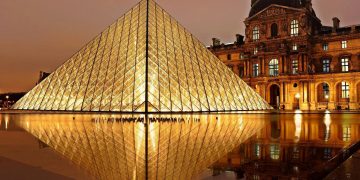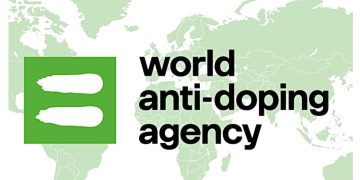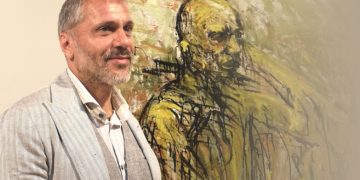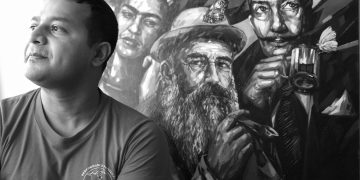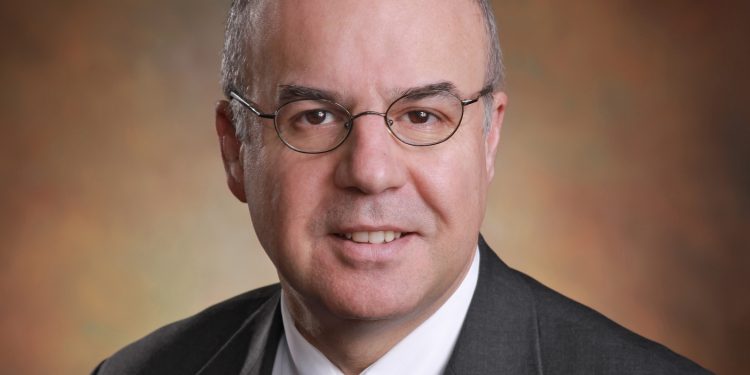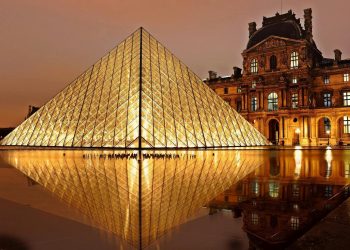Interview with Glamour Fashion and Beauty
G.F.B: You started your research career at the University of Sussex in Great Britain. You have indeed been able, in a short time, to make an interesting discovery concerning the laws governing electromagnetic fields. Would you like to tell us a little more about this discovery?
NM: Thank you for giving me the opportunity to share with your readers something about my professional journey which in my opinion, is worth doing only if it can help others. Explaining the discovery that you are referring to in lay terms is not easy, but I will try. As a young physics researcher, I had a strong interest in studying light but was not sure about the path to take. This interest stems from the fact that light is ubiquitous, can be studied from purely theoretically and/or experimentally, and inspires us to ask philosophical questions.
I approached Professor Les Allen, a well-known researcher in quantum optics, the field that uses quantum physics to study phenomena involving light. Professor Allen accepted me in his research group and asked me to think about a phenomenon called two-photon absorption. This phenomenon was predicted in 1931 by Maria Goeppert-Mayer and demonstrated experimentally in the early 1960’s revolutionized spectroscopy and imaging. For her work, Maria Goeppert-Mayer became, in 1962, the second woman to receive the Nobel Prize in physics.
Two-photon absorption is a process in which two fundamental particles of light, called photons, are absorbed almost simultaneously by matter. It was known that two-photon processes obey physics rules that are different than those for single-photon processes in which a single photon is absorbed by matter. The question was whether the two-photon absorption rules were complete or not. This is a fundamental question that, when addressed, enhances our understanding of how light interacts with matter. I discovered new rules that describe conditions for this process to be feasible and demonstrated that, in some two-photon absorption experiments, more information can be gained by carefully selecting the geometry of the various light fields involved.
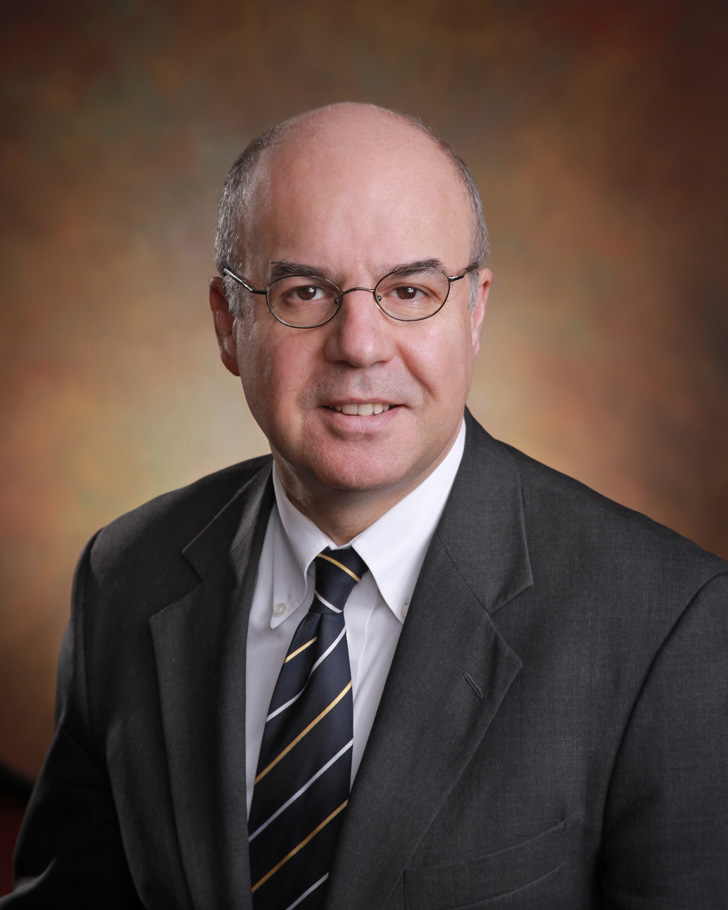
G.F.B: You arrived in the United States after spending two years in Algeria as part of your National Service. How did you get back into research?
NM: Simply stated: by doing my best to take advantage of opportunities. Upon my arrival to the United States, I contacted few physicists which led me to speak with and be interviewed by Professor Edward Eyler who, at that time, was working on high precision atomic and molecular laser spectroscopy. An atom is made of a nucleus and electrons. These electrons have energy that varies from one atom to another. When two or more atoms “join” together, they form a molecule. For example, we talk about the hydrogen or the oxygen atom. These two atoms can be joined together to form the water molecule. Essentially, we were working on understanding the differences between the three naturally occurring isotopes of hydrogen, protium, deuterium and tritium, using table-top laser-based experiments. These atoms differ only by the number of neutrons in their nuclei. We showed that it by measuring to, a very high precision, the energy of the electrons in these atoms, it was possible to learn more about the nature of the interaction between the nucleus and electrons. I worked with Professor Eyler for five years during which time, all I had to think about was my research projects. An ideal situation for a researcher!
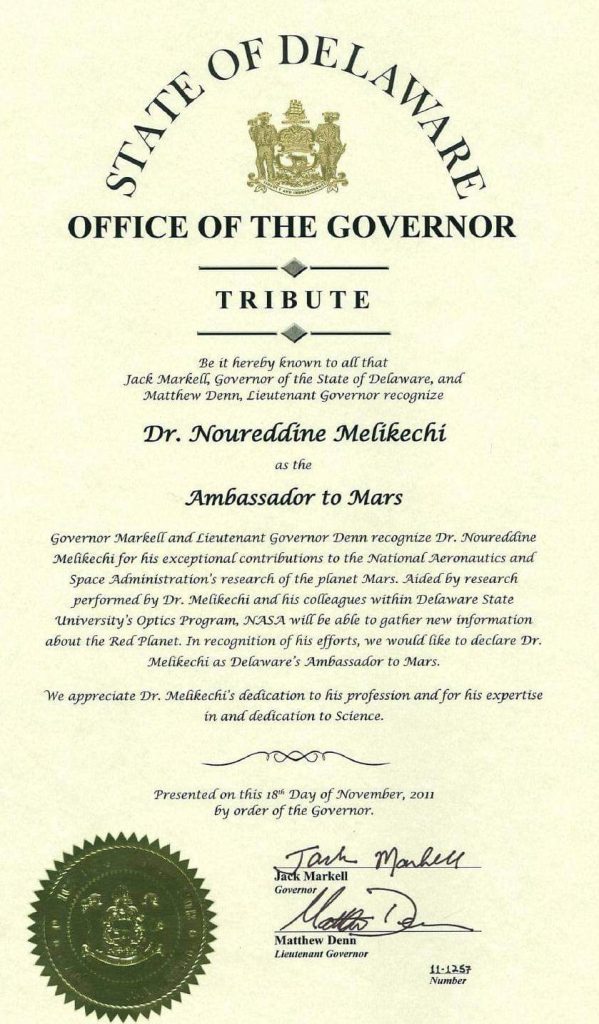
G.F.B: Our readers are interested to know how you started to work on the NASA Mars program, which began as a result of one of your scientific publications. Can you tell us something about this publication and how it led to you begin to work on a NASA program?
NM: My work on the NASA’s Mars program began almost accidentally! My research group had published work that was based on a laser technique that NASA was planning to use on Mars. This technique is known as laser-induced breakdown spectroscopy. In addition to using this technique in my laboratory, we had investigated the spectroscopic signatures of about 40 atoms under some conditions that, although not the same to those on Mars, were useful to understand. That was good enough to start a wonderful research program focused on the exploration of the red planet. It led to my current one which entails contributing to the analysis of the spectral signatures acquired by Curiosity, NASA’s rover on Mars.
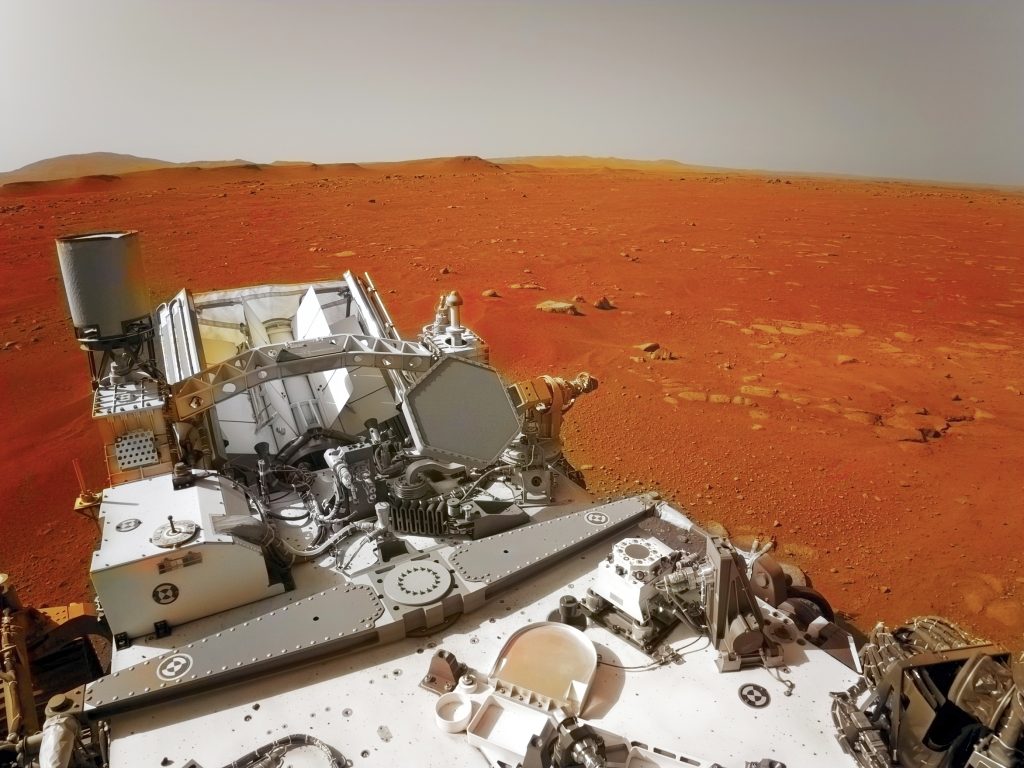
G.F.B: A new NASA rover, Perseverance, is on its way to the planet Mars. How is the mission of Perseverance different from that of Curiosity?
NM: Perseverance and Curiosity are the names of the rovers that carry the instruments of the Mars 2020 and the Mars Science laboratory respectively. Curiosity and Perseverance explore different regions of the red planet that are both remnants of ancient lakes. Curiosity, which has been exploring a region of Mars called the Gale crater since it landed there in 2012, is focused on characterizing the Mars environment and on searching for elements of life such as water. Perseverance, which is due to land on Mars, in a region called Jezero crater, on February 18, 2021, is designed to look for microbial life and to gather information that will be used to prepare next Mars missions, including future human missions to the red planet. The two scientific missions are complementary. Another striking difference between the missions: the Perseverance rover has on its board a drill that can collect promising Martian samples, and position them on specific spots on the surface of Mars that one or more future missions could potentially return to Earth for further analysis.
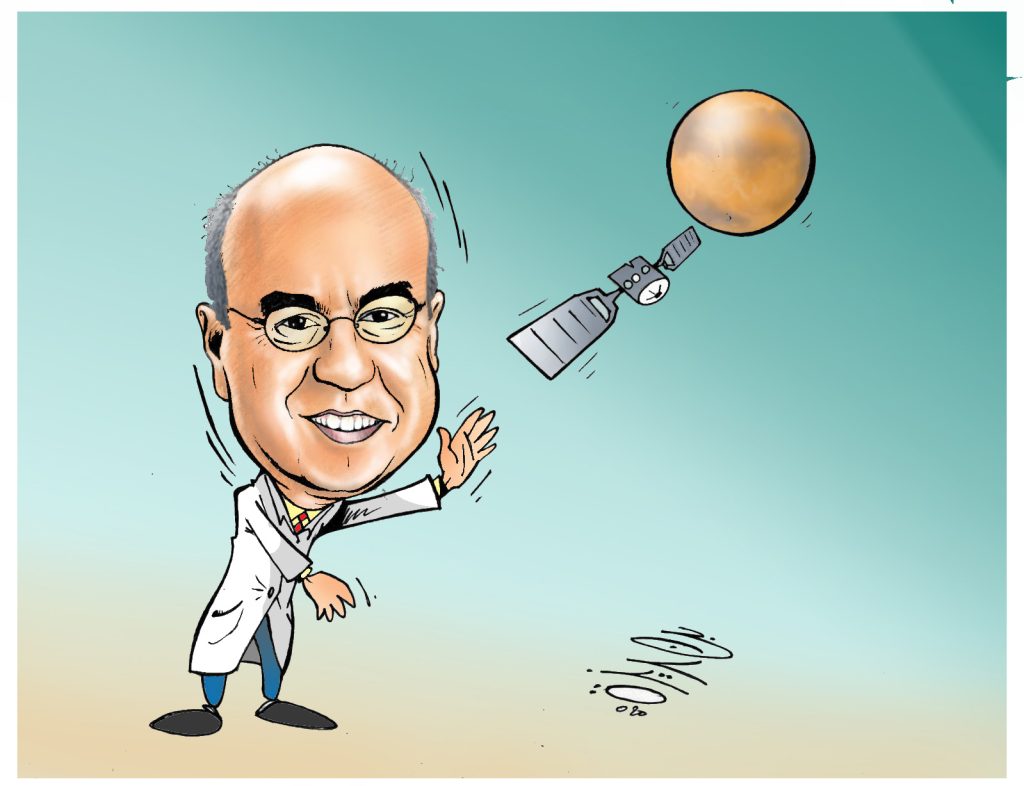
G.F.B: You are a member of the NASA Curiosity team that contributed to a major discovery about water on the planet Mars. Our readers are curious to know about this great discovery. Can you tell something about it?
NM: The question on the existence of water on Mars and other planets is not new. It is an important question because it is related to the search of life. On Earth, wherever and whenever water flows, there is life, albeit at the microbial level sometimes. Thus, the search for life, as we know it, and the search for water are closely connected because liquid water is one key requirement for life.
The discovery of water on the red planet is not the result of a single scientific study or from a single observation. It is the result of a comprehensive analysis of data gathered using different techniques over a long period of time. One such instrument is the ChemCam which is on board of the Curiosity rover. ChemCam, uses lasers to interrogate various rocks on Mars. It can detect the presence of almost every single chemical element including hydrogen and oxygen which are the atoms that form water. It shows that some rocks on the surface of Mars are hydrated. When the data from ChemCam and that acquired by other instruments are analyzed, a picture starts to emerge. This picture shows that in its past, Mars was a wet planet; it had on its surface rivers and lakes. Today, Mars, on its surface, is no longer as wet. I suspect that Perseverance will teach us more about the presence and history of water on Mars.
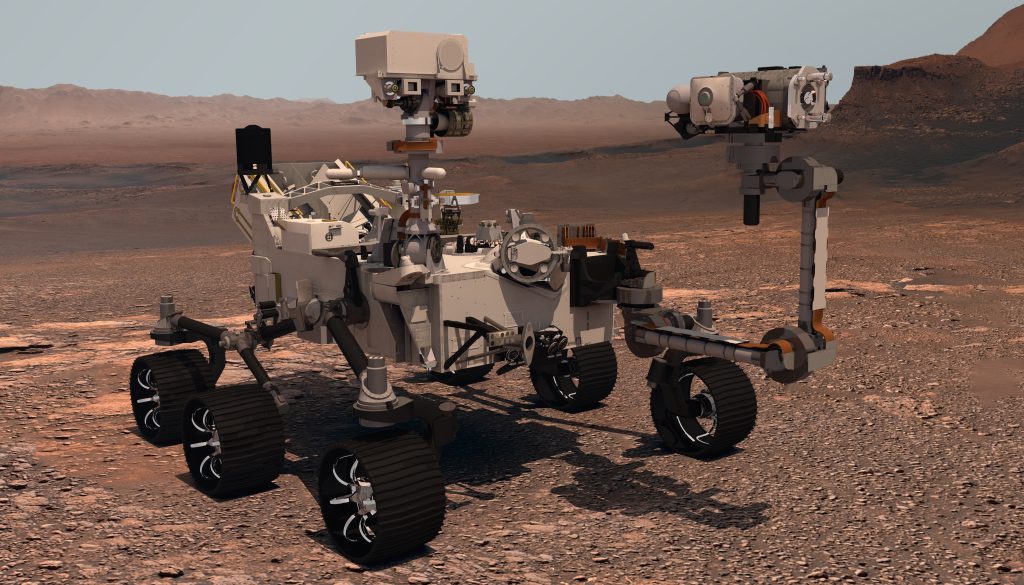
G.F.B: Your contributions to scientific research have greatly served the field of medical diagnostics. Does it perhaps have to do with some passion for medicine? In other words, have you ever dreamed of specializing in this discipline? And have you had any positive results in this area?
NM: It has to do more with a belief that major scientific problems are best addressed by bringing ideas and knowledge from fields that are seemingly widely separated. At some point in my journey, I decided to think about using the physics that light teaches us to investigate some of the most pressing problems in medicine. It was a risky proposition but investigating light interaction with biological systems through their fundamental constituents was very exciting to me. After all, light studies generate information that serves to analyze astrophysical phenomena and, in a very different application, to reveal, for example, the presence of neonatal jaundice which causes the yellowness of the skin and eyes. More specifically, I was interested in exploring the following question: How can we detect major diseases at an early stage using techniques that can be made widely accessible, including to people, living in developing or poor countries? Focusing on hard-to-treat cancer such ovarian cancer was important to me.
The approach that we have developed is based on looking at atomic, ionic and molecular spectral signatures in biomedical fluids such as blood or saliva and to extract specific features that can help us detect early signs of diseases. There is evidence that suggests that the bloodstream contains information at the atomic, ionic, and molecular level that can be used to detect the onset of a disease well before clinical symptoms appear. Essentially, we are looking to find ways to monitor the delicate balance between the various chemical elements in the blood and to identify early changes specific to a disease. Early detection implies prevention and a greater potential for successful treatment. The approach was successfully implemented in my laboratory and others around the world, suggesting an exciting future for preventive medicine based on atomic, ionic and molecular spectral signatures that can obtained in a non-invasive way. However, much more work remains to be done.
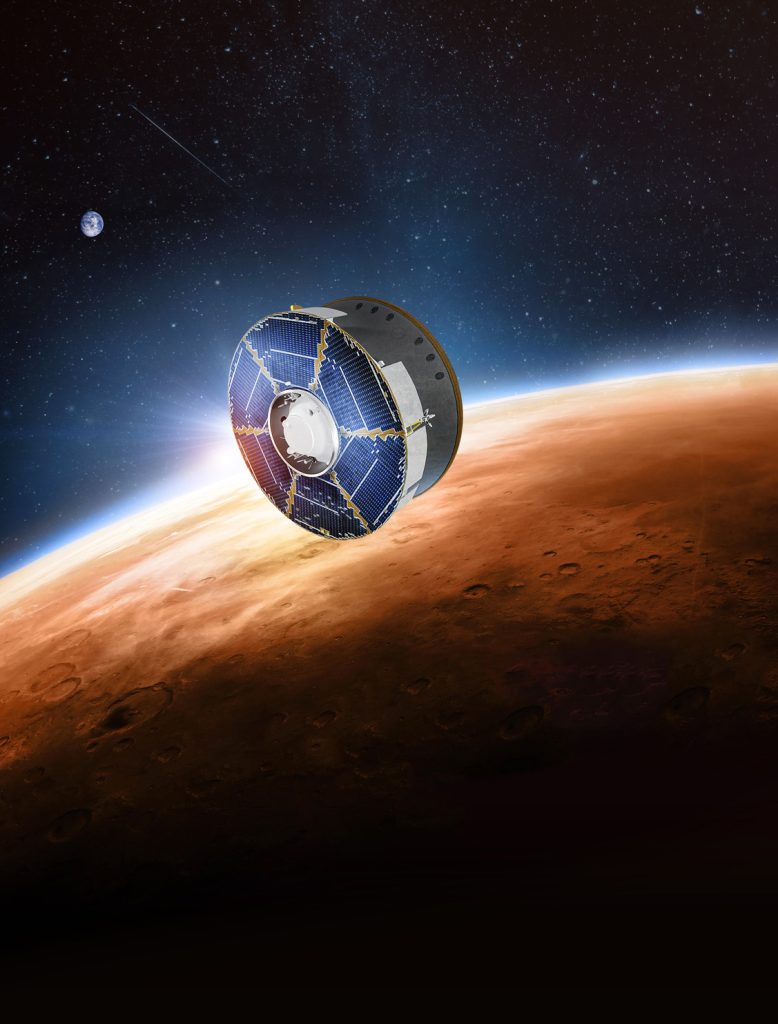
G.F.B: The world has been going through an unprecedented serious health crisis for a year now, due to the Coronavirus pandemic. As a scientist and researcher in physics, what is your analysis of the situation, especially since it has been difficult to find a vaccine or to propose solutions to stop this devastating virus?
NM: I applaud and thank the medical professionals who have worked tirelessly to save, literally, millions of lives. They are at the frontlines of the war against the corona virus and let us not forget against other health threats. They give, sometimes at the risk of their own lives, their best to save ours. It should not take a pandemic to realize that these are our true heroes. We could help these professionals by following the guidelines that they work so hard to establish such as social distancing, wearing masks, etc. It is the least we can do to contribute to this global war.
As for the pandemic itself, the solution will come from
science, even if it may take longer than we all want to. Science has its own timeline, which is governed by evidence-based established knowledge, not date of elections, not politics and certainly not by nonfactual information. The larger lesson that I hope we can take from this pandemic is that science is not only the seed of solutions to the corona virus but to many other problems that range from poverty, to agriculture, to the environment. Think about how much more difficult it would have been to fight the virus if we did not develop genomics, epidemiology, medical imaging and diagnostics, or the mathematical models of virus propagation. Investing globally in science and science education is an investment in the future of humanity. The good news is that few companies have reported that they have developed a vaccine against the corona virus.
Few have applied for FDA emergency use authorization for corona vaccine. The United Kingdom has approved a corona virus. I hope that humanity can not only develop vaccines against the covid-19 but learn lessons from this terrible pandemic.

G.F.B: The Governor of Delaware, Jack Markell, appointed you as a member of the Delaware Authority on Radiation Protection. You were elected by its members to be its chair for a three-year term. Can you share with us something about this experience?
NM: The mission of the Delaware Authority on Radiation Protection is to protect the health of Delawareans by providing regulatory oversight of ionizing radiation sources used within the state, encouraging its safe use, and facilitating greater understanding of natural and human generated radiation in the world around us. X-rays, cosmic particles from outer space and radioactive elements are examples of ionizing radiation. The authority was created because ionizing radiation can provide wonderful benefits to people but, if not used properly, can be dangerous to their health. For example, X-rays can help doctors image part of a body but can also cause serious health issues if not used properly, the same can be said about radioactivity. Governor Jack Markell appointed me to the Board of Directors of the Authority. I was one of about twenty members and was elected to be its chair for a three-year term. It was a wonderful experience. I learned a great deal from a wonderful, talented people dedicated to protecting people from ionizing radiation. I take this opportunity to thank Governor Markell for his trust in me.
G.F.B: You have published over 180 peer-reviewed articles, numerous book chapters and thousands of citations. You have been awarded the distinguished title of fellow of some the most respected scientific organizations in the United States: the American Association for the Advancement of Science, created an OSCAR and have been named the Delaware Ambassador to Mars. What does this mean to you?
NM: I am honored to have received these awards and distinctions. However, this is not the result of my own work only. It is the result of the work of those who have helped me along my journey and all those who have believed in me. I am lucky to be able to do the research I like. The various honors are a wonderful encouragement. Just so that there is no misunderstanding, OSCAR is a research
program that I founded about 10 years ago. It specializes in research in applied optics and today it is funded to perform research in quantum computing, lidar technology, bio-photonics, optical imaging, space optics, and plasma spectroscopy.
I am pleased, honored and humbled to have had the opportunity to create and launch this new tool for science which I expect will contribute significant new knowledge for years to come.
G.F.B: What are your future plans and what can you say to the readers of our magazine Glamor Fashion and Beauty?
NM: This sounds like an invitation to retirement! There is so much to do and so little time. I will continue to work hard to continue to learn because I love the process of learning, particularly about light and its interaction with matter because my passion for investigating the use of light for different applications, possibly to fight major diseases is still alive. I am also interested in developing educational material to teach science to kids and the general public. Having said this, there are so many interesting and exciting things to do in life so I may be doing something that I have not even thought of yet! It is about aligning my passion with opportunities.

G.F.B: In conclusion, one last word for the readers of our magazine Glamor Fashion and Beauty.
NM: I thank you for reading my interview and hope that this will serve you somehow. Follow your curiosity and passion and don’t be afraid of change, of taking risks or of thinking of contributing to finding solutions to old or new, small or big problems. Honestly and sincerely executed work is a success in itself. Lat but not least, I do want to add that, we are facing critical and significant challenges from the pandemic to climate change, from poverty to an imbalance and divide between the have and have nots. Those who will take evidence based decisions are more likely to be in a much better shape in terms of social and economic development than others. However, to address the critical challenges that we face, it is probably helpful to accept the fact that we live on one planet and are more connected than we ever were.
G.F.B: Thank you once again for this interesting interview.
NM: Thank you. It is an honor to be interviewed by such a beautiful magazine.
I wish GFB much success.

